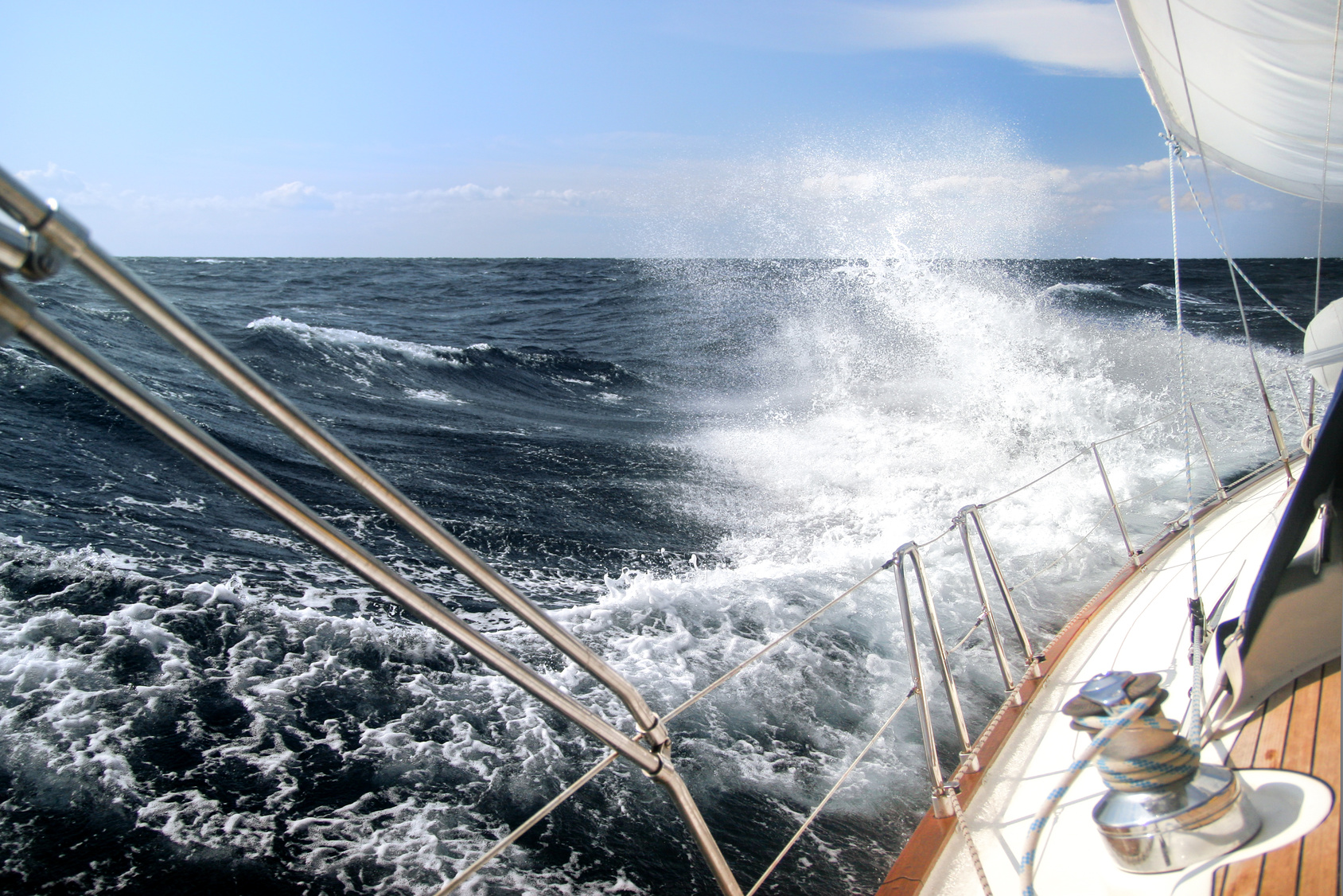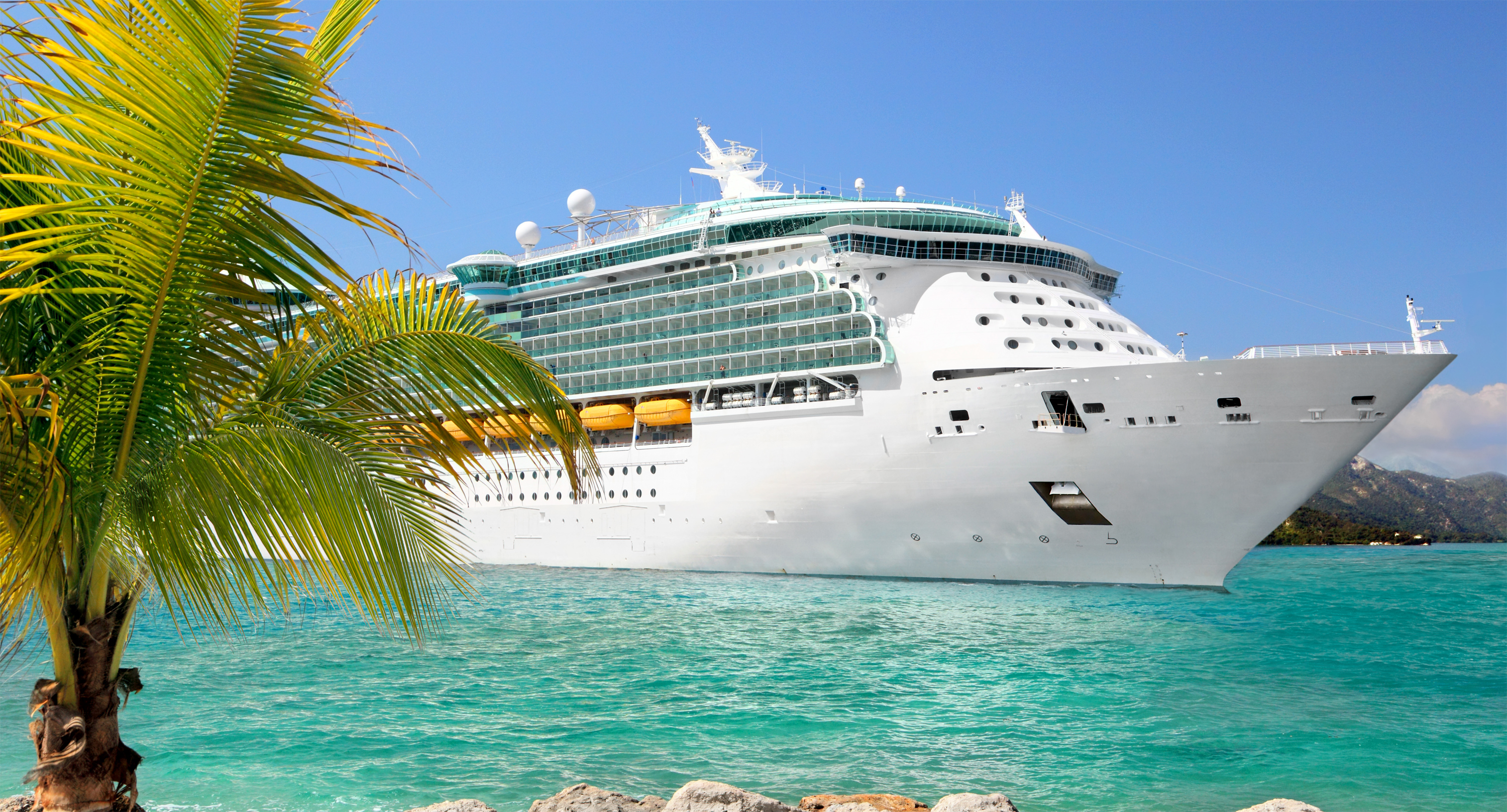Facing the Crippling Cold: Winter Sailing

Sailing doesn’t have to be confined to the summer months – in fact, sailing gently along on a crisp winter’s day in the cooler sun can be an utter joy as long as you’re properly prepared. If you’re going to brave the cold and try your hand at winter sailing, travel insurance is essential – as is keeping the following tips in mind.
Try These Tips for Smooth Winter Sailing
Keep That Tank Topped Up
A full tank will result in less condensation in the winter time. The smaller surface area means that condensation will have a much harder job forming, and so you will be less likely to be plagued by diesel bug.
Engine Extras
Don’t forget the antifreeze this winter! Even though boats left in salt water are very unlikely to get frozen water in their engines, it’s always better to be safe than sorry. Then, if the right winter window presents itself, you can sail off into the sunset rather than faff about with engine issues.
The Proof is in the Planning
With winter daylight hours being much shorter than in the summer, you need to be realistic about how far you can sail in a day. A quick jaunt to a favourite destination will be enough in the colder temperatures, but if you do decide to go further afield then it would be better to leave before first light and arrive before dark settles to make the most of the less freezing temperatures.
Hot Drinks and Comfort Foods Will Lift the Mood
Keep a flask close to hand to keep you warm all day long. Don’t forget that anything caffeinated will be more of a hindrance than a help in the long run, when you factor in multiple toilet runs coupled with lots of layers…
Make sure you’ve also got nice hot meals planned to keep your crew’s spirits up. A steaming soup or oven-hot pasty should do the trick.
Load Up On Layers
Lots of thinner layers will be more effective against the winter winds than a couple of thicker jumpers. Make sure your whole crew is properly kitted up against the cold with decent thermals and good mid layers under their waterproofs and windbreakers.

Which Gloves to Go For?
On the one hand (excuse the pun) a really good pair of waterproof thermal gloves can be great, but on the other hand some find them bulky when it comes to tying knots and handing the lines. If that sounds like it’ll be an issue for you then you could just buy several pairs of fleece gloves to have at hand, and change them when they get wet.
Don’t sail into the winter sunset without sailing travel insurance! While winter sailing really can be a treat, there are more risks involved and you need to be prepared and properly insured. Let’s Go Insure’s sailing travel insurance will cover you for your winter sailing and allow you to go further, higher and off the beaten track on your cold snap adventures.





